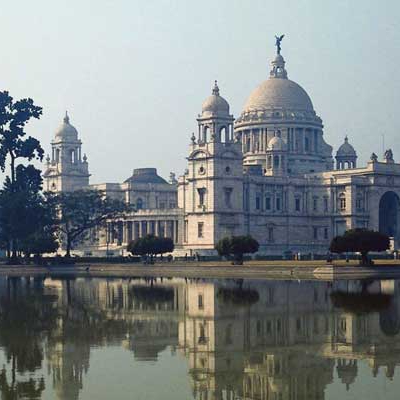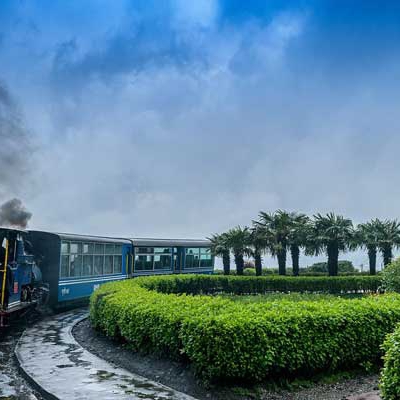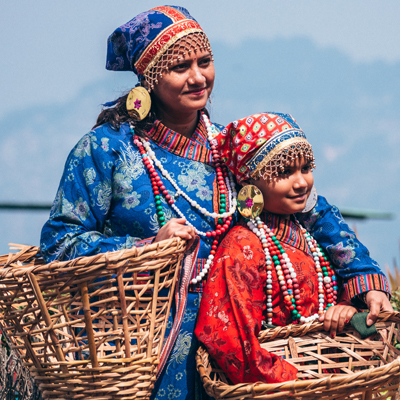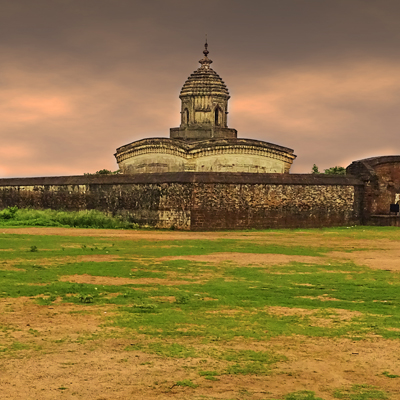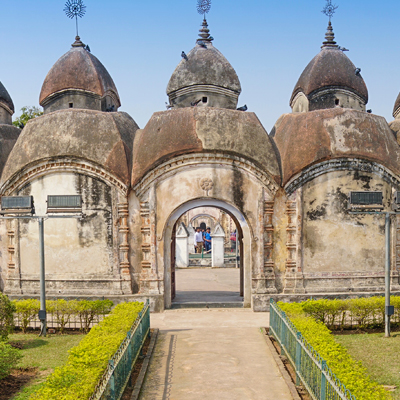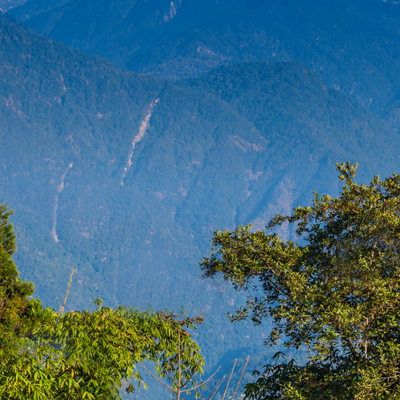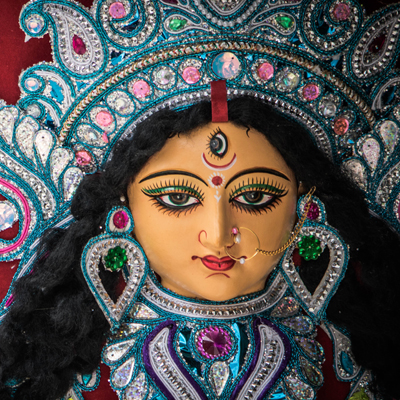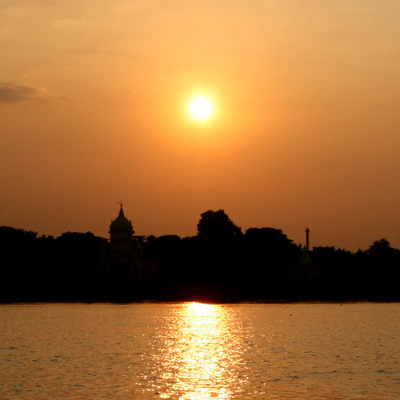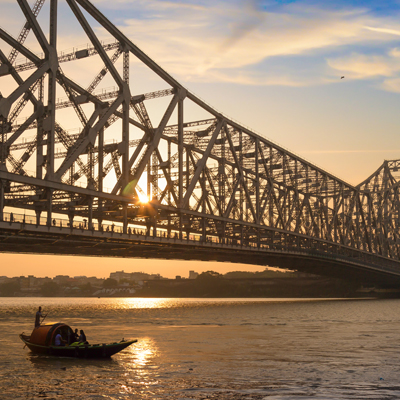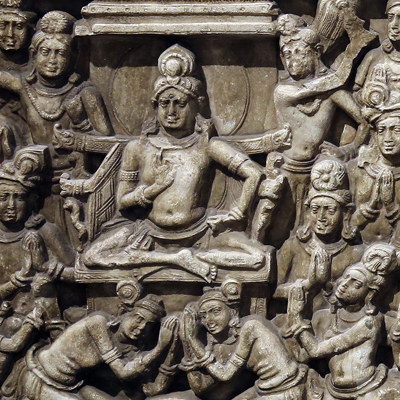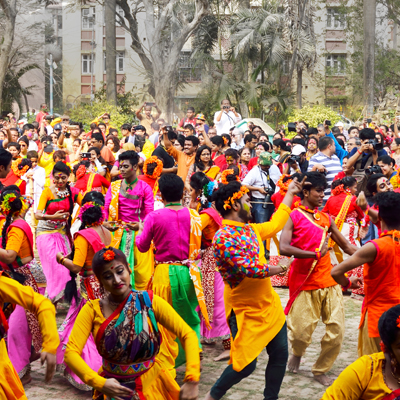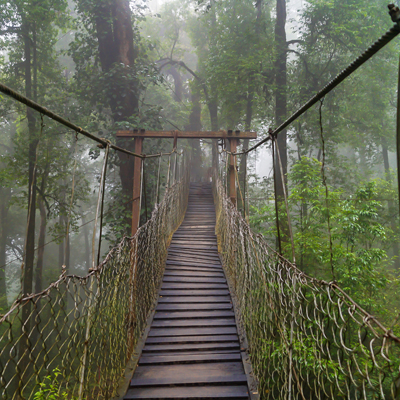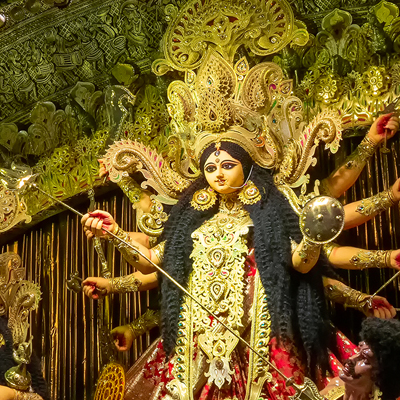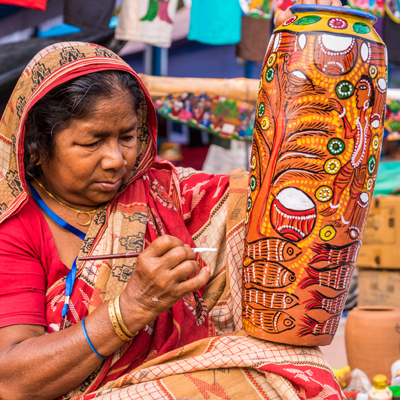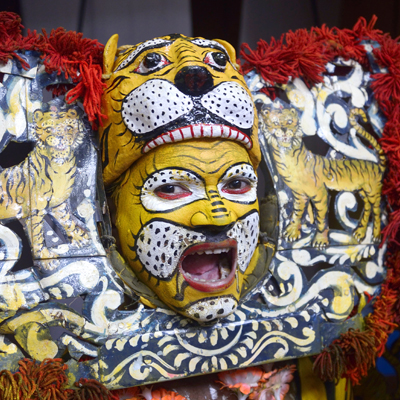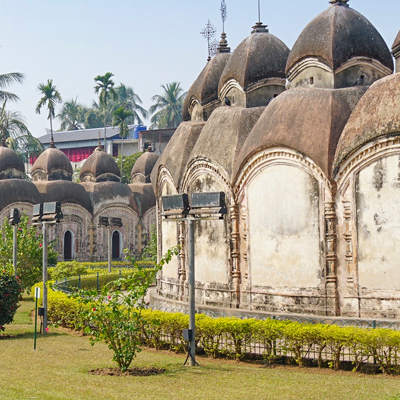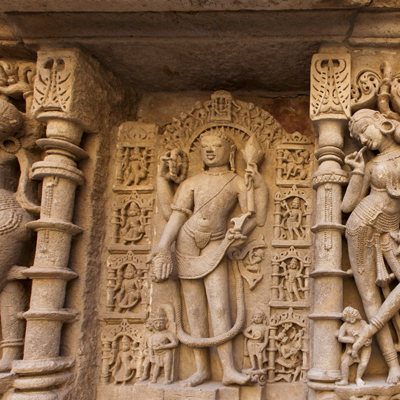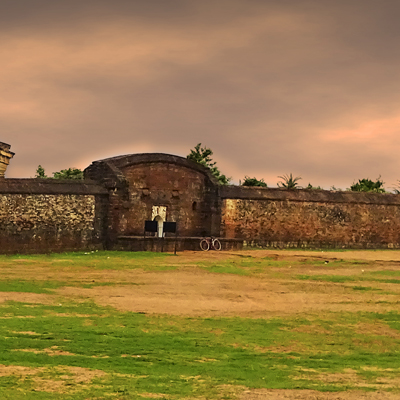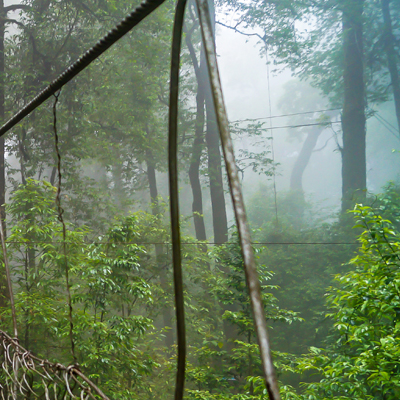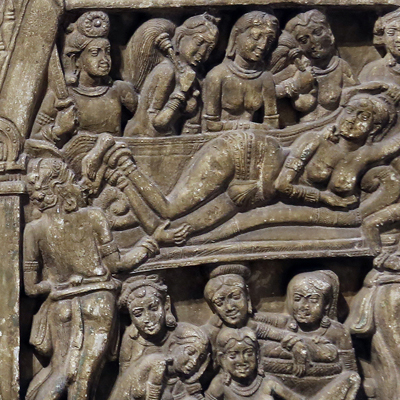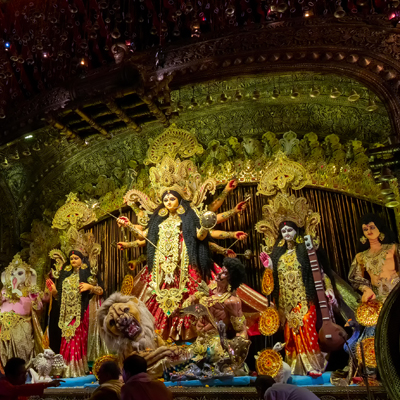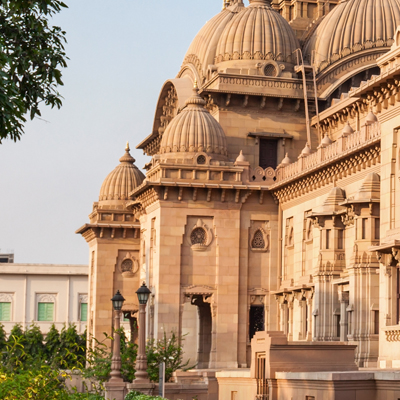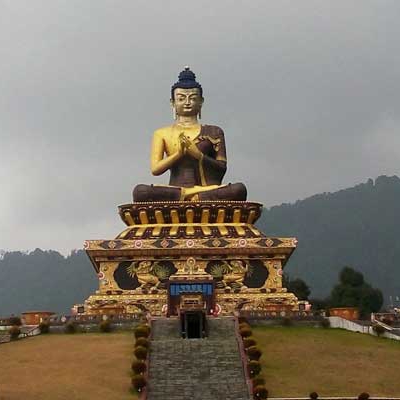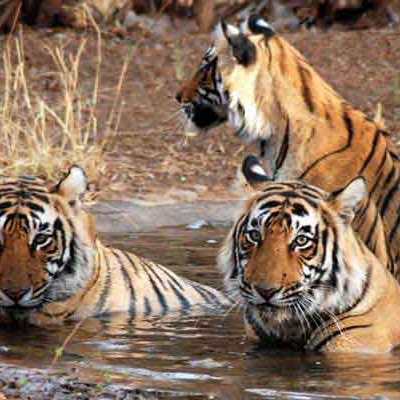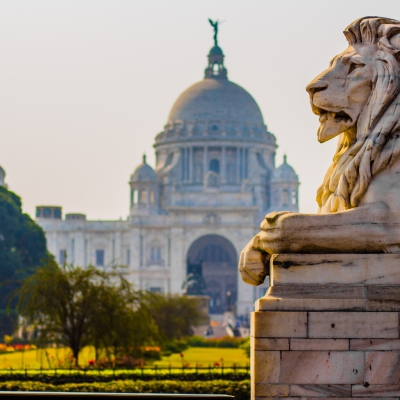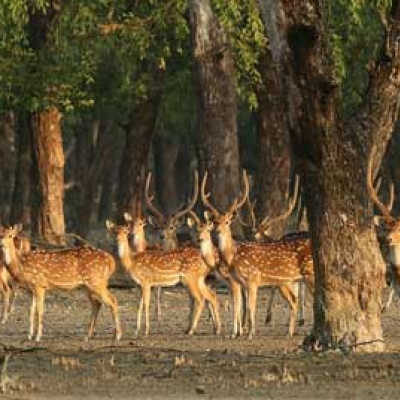The Hooghly district is extremely significant historically, especially in relation to the colonial era. Discover the region's rich historical legacy by touring well-preserved colonial buildings, churches, and monuments. The region is home to a wide variety of religious buildings that reflect various faiths and beliefs, such as mosques, churches, gurdwaras, and temples. Explore these hallowed locations to see the magnificence of the architecture and the spiritual significance attributed to each location.
Hooghly - City Guide
Ancient temples, old mosques, colonial-era mansions, and other architectural wonders may all be found in the Hooghly region. Upon discovering the region's architectural legacy, tourists can be amazed by the elaborate designs, complex craftsmanship, and structural magnificence of these architectural treasures. Beautiful scenery, such as verdant trees, riverbank walks, and serene rural areas, abounds in the Hooghly district. Through leisurely walks, boat excursions, and nature paths amid the district's tranquil surroundings, visitors can escape the bustle of metropolitan life.
The Hooghly district has a delicious range of food options, including local specialties, European cuisines, and traditional Bengali foods. Discover the region's diverse culinary offerings in restaurants, local markets, and street food vendors, where guests may enjoy real flavours and culinary delights.
It provides chances for guided tours, heritage walks, and cultural events that let guests learn more about its extensive past. Immersion cultural experiences abound in the neighbourhood, with activities ranging from seeing museums and historical sites to experiencing communities from the colonial era. Travelers wishing to experience the varied landscapes and traditions of West Bengal will find Hooghly district to be an enticing destination since it provides an intriguing fusion of history, culture, architecture, and natural beauty.
Major Attractions:
West Bengal's Hooghly area has a rich architectural, cultural, and historical legacy and offers a number of noteworthy sites for tourists to explore. The Imambara of Hooghly, Bandel Church, Tarakshwar Temple, Chandannagar, Hangeshwari Temple, Bansberia, Shandeswara Temple, Bansberia, and so forth are a few of the best locations to visit in the Hooghly area.
Climatic Condition:
The temperature during the summer is around 40 degrees and the minimum in the winter is 10 degrees.
Best time to visit:
The best time to visit Hooghly is in the winter (October – February), when the temperature is pleasant and temperate, making city exploration feasible.
How to reach
By Air : The nearest airport to Hooghly district is Netaji Subhas Chandra Bose International Airport in Kolkata,and you can take different forms of transportation or hire a taxi from the airport to get to Hooghly.
By Train :Hooghly Railway Station and Bandel Junction are two of the main train stations in the city, and there are several train connections available in Hooghly.
By Road :National highways connect major cities with Hooghly, which has a well-developed road network.
FAQ
1.Which attractions are most popular with tourists in the Hooghly district?
The primary tourist attractions in the Hooghly area are the Hooghly Imambara, Bandel Church, Tarakeshwar Temple, Chandannagar Strand, and Dutch Cemetery at Chinsurah.
2.In the Hooghly district, which well-known holidays are observed?
Festivities include Tarakeswar Mela, Christmas, Eid, Durga Puja, and Jagaddhatri Puja, which are widely celebrated in the Hooghly district with great enthusiasm. At these events, guests can experience a little bit of the rich traditions and cultural heritage of the area.
3.What accommodation alternatives are available in the Hooghly district?
Surprisingly, the Hooghly region offers a wide variety of accommodations choices, from moderate hotels to affordable guesthouses.
4.Which activities are most popular in the Hooghly district?
Popular things to do in the Hooghly district are going to historical sites, investigating places of worship, taking walks along the river, taking part in local festivals and cultural events, and indulging in locally-sourced cuisine.
